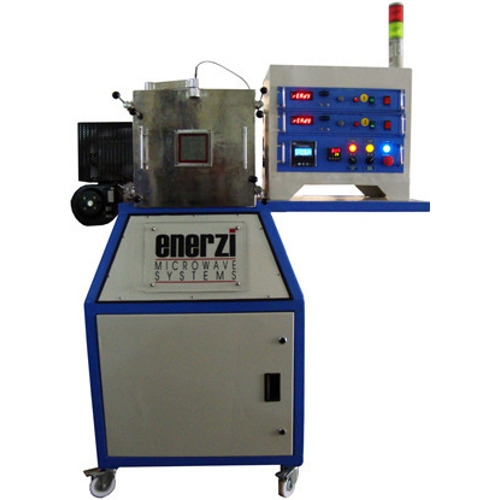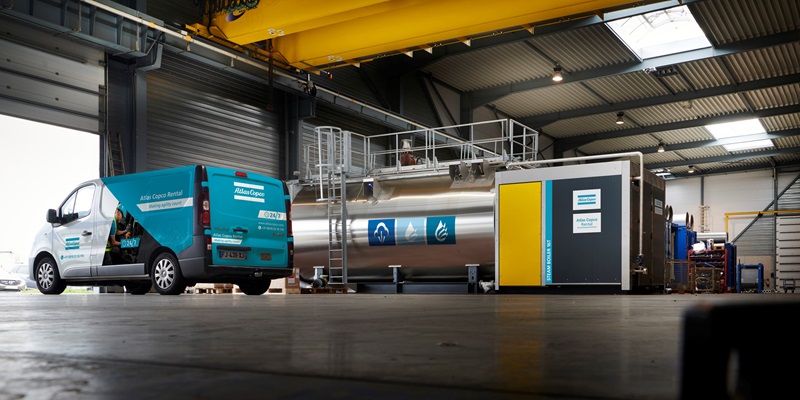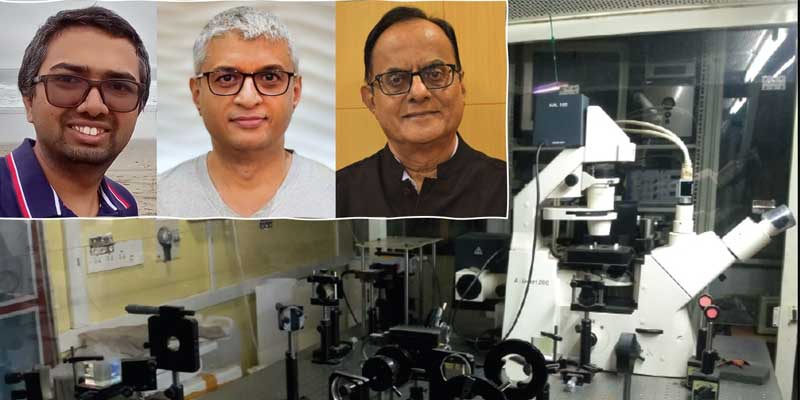Schedule a Call Back
Microwave Chemical Synthesis Ovens
Microwave Chemical Synthesis Ovens
Enerzi Microwave Systems offers microwave chemical synthesis ovens.
Product & Technology News
- Microwaves act as high frequency electric fields and will generally heat any material containing mobile electric dipoles/charges.
- Polar solvents are heated as their component molecules are forced to rotate with the field and lose energy in collisions; semi-conducting and conducting samples heat when ions or charges within them form an electric current and energy is lost due to the electrical resistance of the material.
- Microwave heating is able to heat the target compounds without heating the entire furnace or oil bath, which saves time and energy.
- The core of the sample takes much longer to achieve the target temperature, especially when the substance is solid. Microwave heating is able to heat the target compounds without heating the entire furnace or oil bath, which saves time and energy.
- It is also able to heat sufficiently thin objects throughout their volume (instead of through its outer surface), in theory producing more uniform heating.
Â















